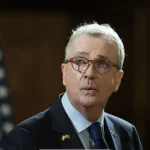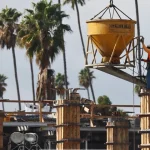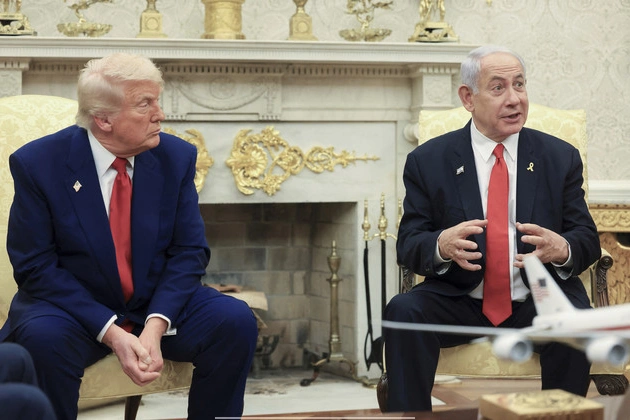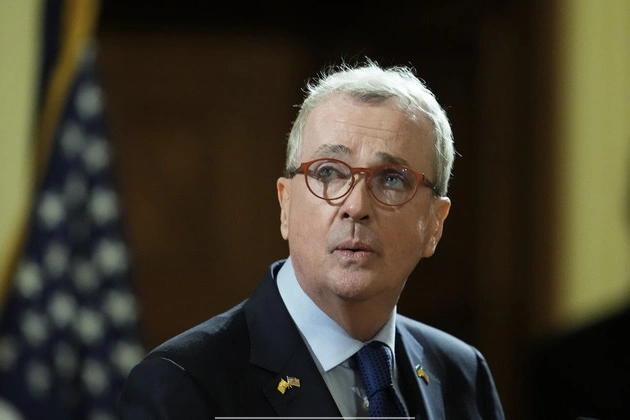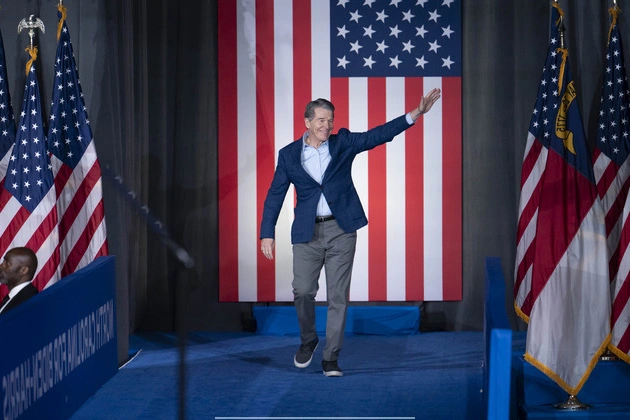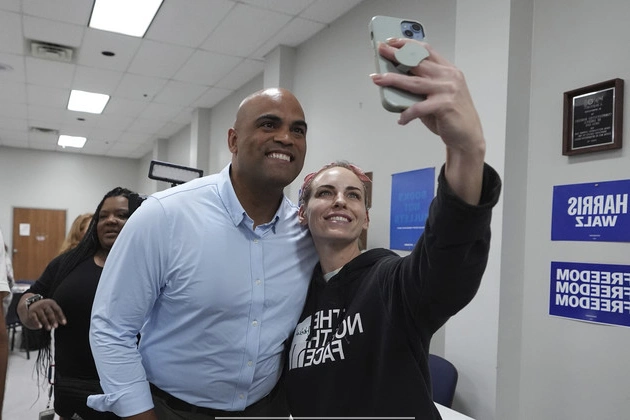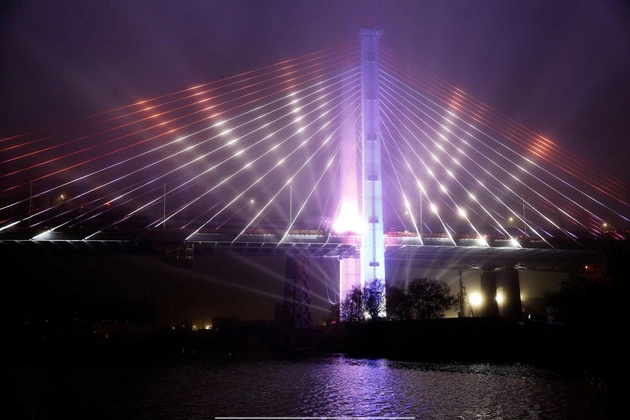
ALBANY, New York — Former Gov. Andrew Cuomo’s ambitious bridge-lighting project has concluded, leaving behind a costly legacy. Initially proposed in 2016 to enhance tourism, the project spiraled into controversy as financial constraints and public scrutiny mounted.
The Rise and Fall of the ‘Harbor of Lights’
Amidst subway delays and budget concerns, Cuomo’s vision of illuminating New York City’s bridges with synchronized lights faced escalating challenges. Despite an investment of over $108 million by the state and New York Power Authority, the ‘Harbor of Lights’ failed to materialize.
Years later, the remnants of this grand plan are being auctioned off, with a minimal bid of $25 and no immediate takers. What was once touted as an international tourist attraction now stands as a symbol of unrealized potential.
A Costly Endeavor
The Kosciuszko Bridge, a key component of Cuomo’s vision, received a light show in 2017, complete with promises of future expansions and synchronized displays across the city. However, logistical challenges and financial burdens led to the project’s abandonment, despite millions already spent.
As the lights and equipment lay dormant, taxpayers footed the bill for storage costs exceeding $2.1 million over seven years. The mismanagement of funds and lack of oversight drew criticism from government watchdogs and transparency advocates alike.
Lessons Learned and Unlearned
Cuomo’s insistence on aesthetic enhancements to infrastructure projects, while neglecting financial prudence, underscored his administration’s priorities. The diversion of funds for elaborate displays hindered long-term debt issuance and strained state resources.
The repercussions of the bridge lighting debacle extended beyond financial implications, tarnishing Cuomo’s legacy and raising questions about governance practices. As voters assess candidates in upcoming elections, this episode serves as a cautionary tale of unchecked ambition and fiscal irresponsibility.
While the bridge lights may fade into obscurity, the lessons learned from this escapade should endure as a reminder of the need for accountability and transparency in public governance.


